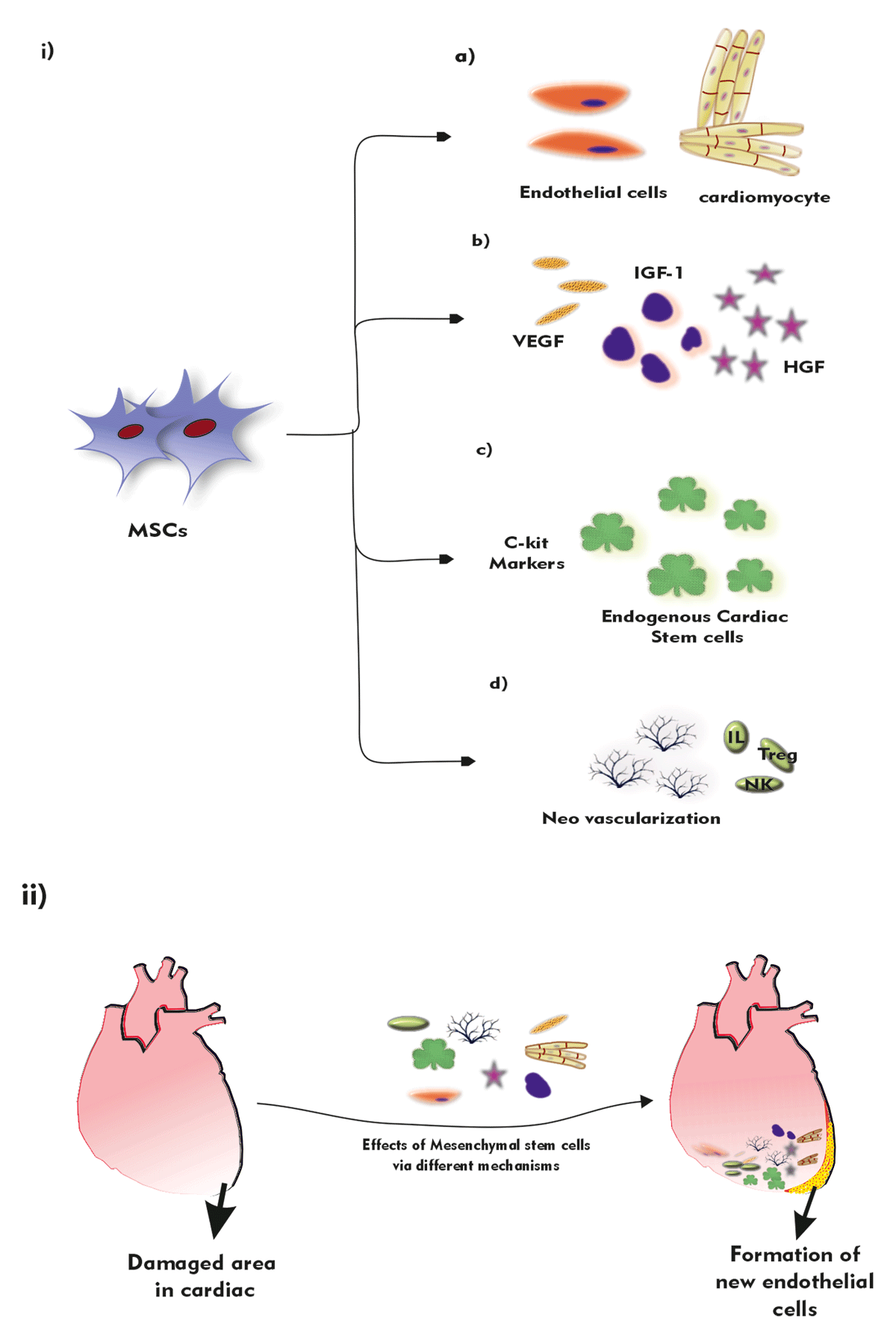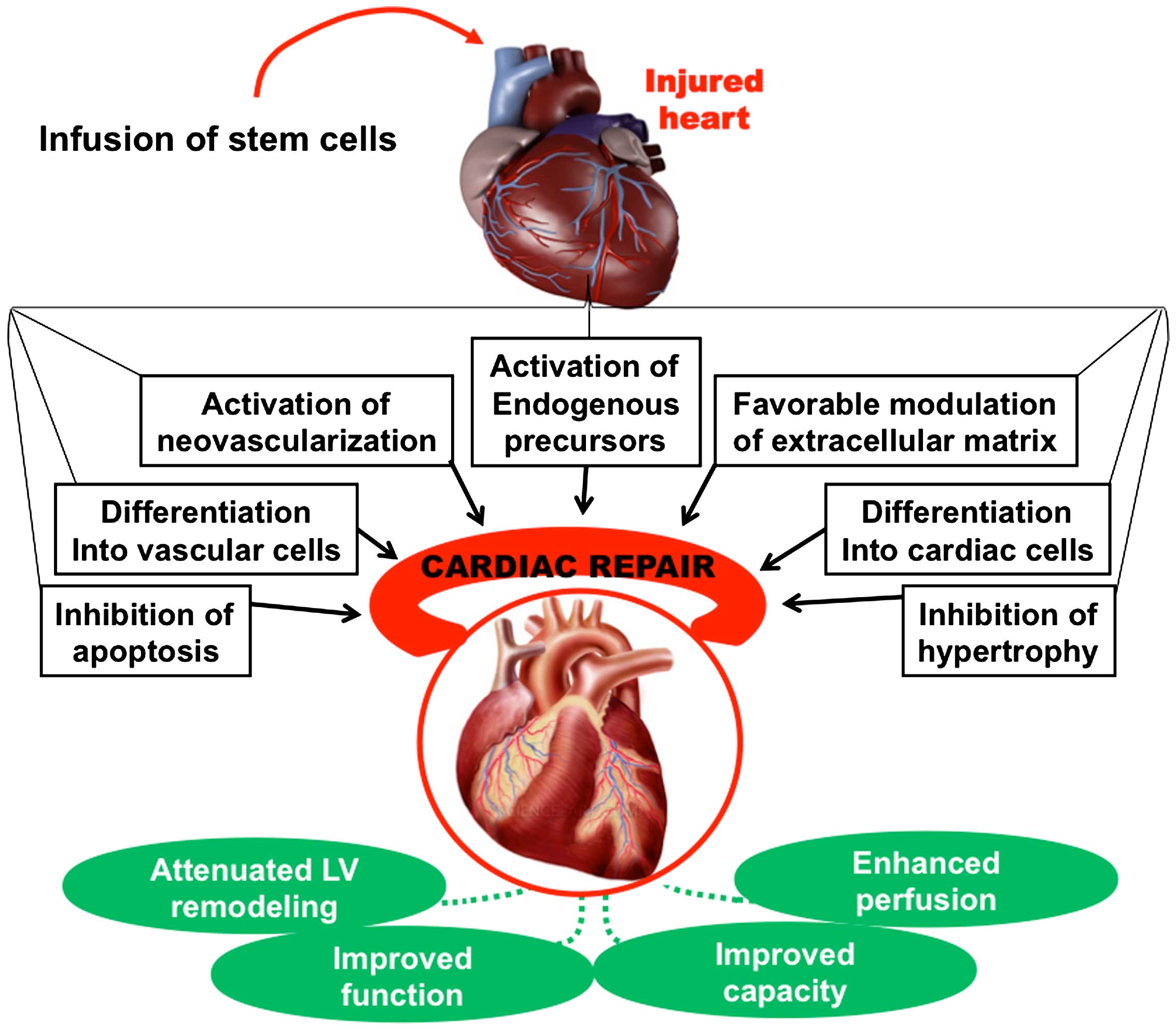Table of Contents
The authors note difficulties that remain, consisting of boosting the engraftment success and cell survival. Since the ISCI and Miller School are leaders around, the authors also emphasize the need to systematize interpretations and outcomes procedures in the field. "The Hare Lab continues to be at the forefront of pioneering new therapies in this critical medical domain name.
Now we are discovering how to harness such stem cells to aid people heal their own damaged hearts."The study is guided by the Cedars-Sinai Heart Institute, with the collaboration of the Johns Hopkins College, where Dr. Marbn functioned prior to signing up with Cedars-Sinai in 2007. The 24 clients participating in the research study have hearts that were harmed and marked by cardiac arrest.

It takes around 4 weeks for the cells to increase to numbers enough for restorative use, about 10 to 25 million. In the third and final action, the now-multiplied stem cells are reintroduced into the patient's coronary arteries during a second catheter treatment. All patients in the research study needed to have experienced cardiovascular disease within four weeks prior to enrolling in the research study job.
Later on this summertime, it is expected that 12 more clients will undertake procedures to get 25 million stem cells, while six extra patients will be checked as controls. The initial client, Kenneth Milles, a 39-year-old controller for a little building business in the San Fernando Valley, experienced a cardiac arrest on May 10 due to a 99 percent clog in the left anterior descending artery, a significant artery of the heart.
The procedure to expand the cardiac-derived stem cells associated with the research was developed by Marbn when he was on the professors of Johns Hopkins University. The university has submitted for a license on that particular copyright, and has actually certified it to a company in which Dr. Marbn has a monetary interest.

All financing was derived from the National Institutes of Health And Wellness, the Donald W. Reynolds Structure and Cedars-Sinai Medical. Marbn holds The Mark Siegel Family Members Foundation Endowed Chair and Director of the Heart Institute.
Breaking down stem cell therapy for Arrhythmias
Cardiac arrest is an intense or chronic condition that influences millions of people worldwide. The most typically approved approaches of therapy usually include sign monitoring and drug taken for life, so the burden triggered by the problem is hefty. Stem cell treatment for cardiac arrest has actually become a brand-new means to deal with and manage the core of the condition.
Stem cell treatment can help to minimize signs and symptoms and enhance the heart's pumping capacity. This therapy makes use of the capacity of stem cells to self-regenerate and self-heal. Adhering to the admission of stem cell shots for coronary infarction, numerous devices enter into play: Stem cells for heart failure promote the development of specialized cardiac muscle mass cells and regrow harmed cells, boosting the heart's pumping ability.
These are kinds of adult stem cells that are acquired from bone marrow, fat tissue, and skin cells. These are the most usual and well-researched kinds of stem cells.
These are acquired from embryos and have the pluripotent potential to transform right into any type of cells, including heart ones. The main problem with these cells is that, as they are extracted from embryos, they have numerous moral and lawful restrictions and are only made use of in certain situations. for the factors mentioned above.
Breakthrough option for Peripheral Artery Disease via regenerative medicine
These cells stem in the heart and are appropriate to heart repair. Medical Advisor, Swiss Medica doctor The application and therapy of stem cell treatment consists of five steps: Patients begin with an on the internet assessment with our medical expert and are then evaluated by a cardiologist, who will obtain the required clinical background, do blood examinations, and demand imaging researches to identify whether stem cell treatment for heart failing is a practical choice.
We provide stem cells via painless stem cell shots for coronary infarction. A highly trained doctor will certainly infuse refined stem cells right into the blood stream; the whole procedure takes less than an hour. After ending up the coronary infarction stem cell therapy procedures, our clients will be monitored for any kind of issues and results.
Table of Contents
Latest Posts
Is stem cell therapy right for Heart Disease with regenerative medicine?
Next-gen support for Peripheral Artery Disease with minimal downtime
Is stem cell therapy for Heart Failure and what patients are saying
Navigation
Latest Posts
Is stem cell therapy right for Heart Disease with regenerative medicine?
Next-gen support for Peripheral Artery Disease with minimal downtime
Is stem cell therapy for Heart Failure and what patients are saying